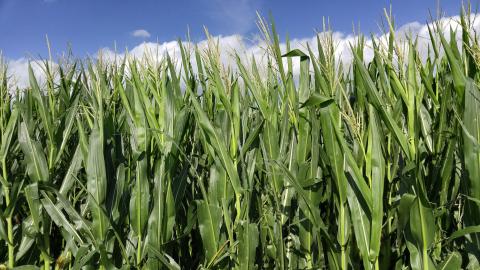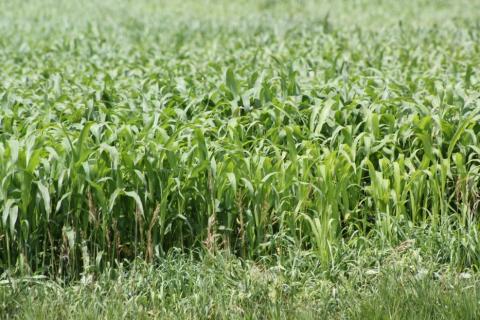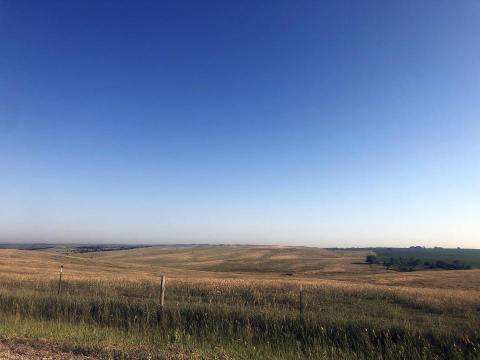Is That Corn Crop Worth More as Silage or Grain?
August 16, 2023
When evaluating whether to harvest a field for silage or grain, there are several factors to consider. Both methods of harvest have advantages and disadvantages depending upon an operation’s goals and objectives.
Pasture and Forage Minute: Kernel Processing for Silage, Hay Harvest and Storage Considerations
August 9, 2023
Nebraska Extension Educator Ben Beckman reviews methods of kernel processing for quality corn silage, reducing hay loss during storage and adjusting for adverse weather during hay harvest.
Pasture and Forage Minute: Corn Silage Harvest and Storage, Rejuvenating Thin Alfalfa
August 3, 2023
Extension educators share recommendations on strategies for silage harvest and storage, and ways to improve thinning alfalfa fields to delay the need for a complete reseeding.
Pasture and Forage Minute: Forage Considerations for Hail, High Temperatures
July 26, 2023
Extension educators review warm- and cool-season grass production during periods of extreme heat, preparing for corn silage harvest and forage options for corn and soybean fields with severe hail damage.
Annual Forage Options for July or August Planting
July 13, 2023
UNL Beef provides information on forage species selection and key management considerations based on desired use.
Pasture and Forage Minute: Deciphering a Hay Test, Using Bad Hay and Silage
January 5, 2023
Nebraska Extension Educator Ben Beckman explains how to accurately read and use a hay test, and options for using low-quality hay and silage.
Pasture and Forage Minute: Salvaging Drought-stressed Soybeans as Forages, Grasshopper Control
August 30, 2022
Nebraska Extension educators review forage considerations for growers faced with droughty soybeans, tips on measuring stands and assessing alfalfa field health, and thresholds where grasshopper control may be warranted.
Forage Field Day on Aug. 4 at Haskell Ag Lab
July 12, 2022
This year's Forage Field Day will feature numerous sessions geared toward forage growers in Nebraska, including silage production and harvest, nitrogen management, cover crops and alternative forages.







